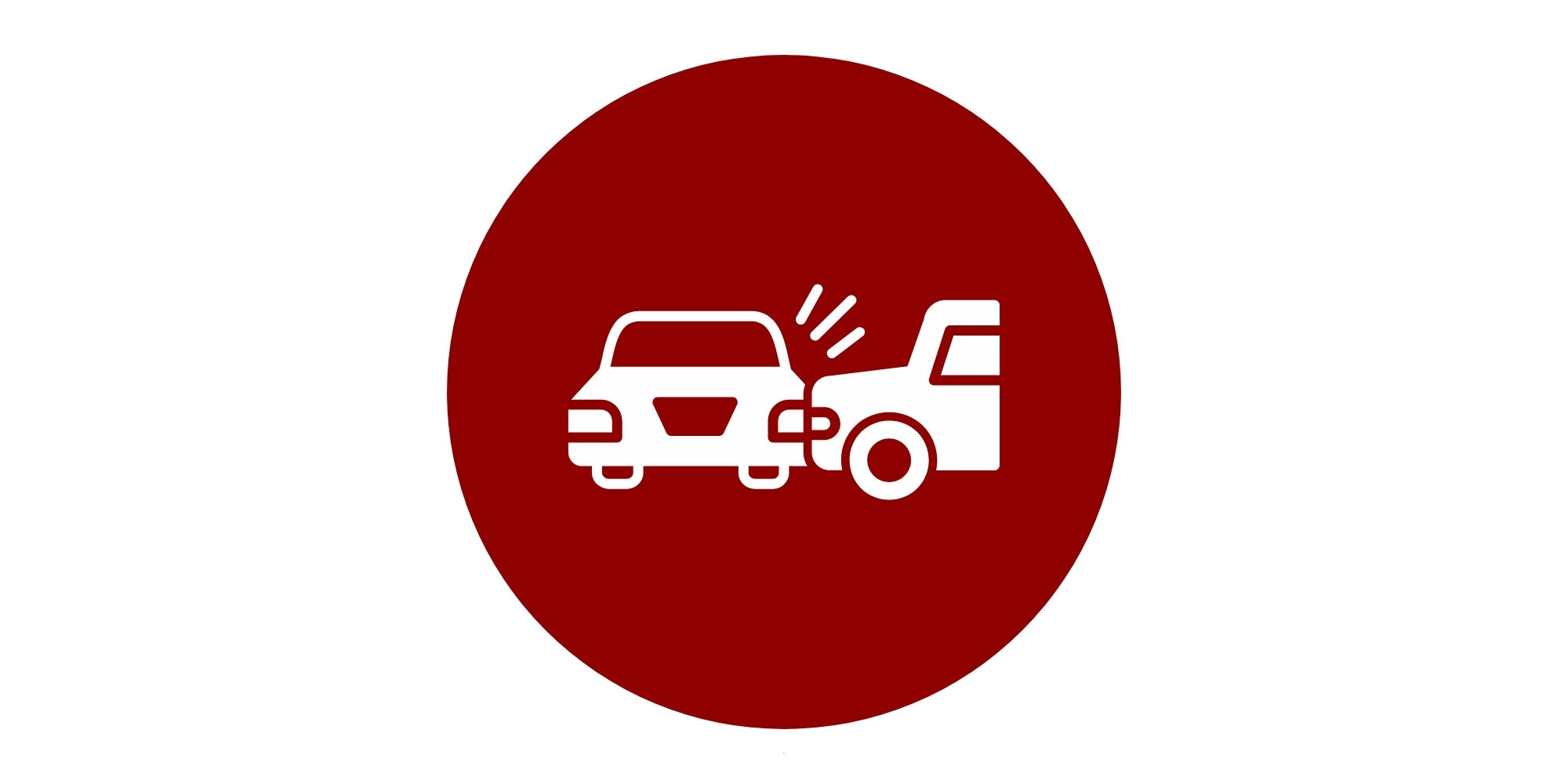HSE Marks Tick Awareness Day with Advice on Prevention and Removal
As tick season begins, HSE advises outdoor enthusiasts to cover up and check for ticks daily. Prompt removal within hours reduces Lyme disease risk. Visit HSE website for removal guides.

The HSE Health Protection Surveillance Centre (HPSC) is providing practical guidance on protecting against tick bites and the potential transmission of Lyme disease as part of Tick Awareness Day, which took place on Thursday, 1 May 2025.
Dr Paul McKeown, Consultant in Public Health Medicine at HSE National Health Protection, highlighted the increased risk during spring and summer months when outdoor activities are more common.
"People are more likely to spend time outdoors in the spring and summer months. Anyone who spends time outdoors should protect themselves against tick bites. This includes ramblers, campers, mountain bikers, people who work or walk in woodland, parkland and heathland, especially in grassy areas. Preventing tick bites prevents Lyme disease," advised Dr McKeown.
According to the HSE, ticks are active throughout Ireland in both urban and rural environments from spring to autumn, with the highest activity during summer. These small spider-like creatures feed on the blood of humans, animals and birds.
Prevention Measures
The HSE recommends several preventative measures against tick bites:
- Wearing long trousers, long sleeved shirts and shoes
- Wearing a hat and tucking in hair
- Using insect repellent that contains DEET
- Checking skin, hair and warm skin folds for ticks after outdoor activities
- Removing ticks from pets, clothing and outdoor equipment
- Promptly removing any ticks found and consulting a GP if symptoms develop
For adults, ticks commonly bite on legs and arms, but can attach to any part of the body, particularly areas not covered by clothing. In children, the head and neck are most vulnerable, making these areas particularly important to protect and check regularly.
Recognising and Treating Lyme Disease
While many cases of Lyme disease are mild or asymptomatic, the most recognisable sign is a characteristic skin rash known as erythema migrans or "Bullseye rash." In rare cases, the infection can progress to more severe conditions affecting the nervous system, heart and joints.
"Anyone who develops a rash or other symptoms should visit their GP and explain that they have been bitten by a tick. If you think you may have been bitten by a tick and you develop a skin rash speak to your GP. Your GP may prescribe antibiotics if it is likely to be Lyme disease, to clear the infection," Dr McKeown stated.
Proper Tick Removal
The HSE emphasises that prompt removal of ticks significantly reduces infection risk. If removed within the first few hours, the risk of contracting Lyme disease is very low. The recommended removal method involves using tweezers to grip the tick close to the skin, ensuring all parts including the mouthparts are completely removed. The area should then be cleaned with soap and water and monitored for swelling or redness over the following weeks.
It is estimated that between 200 and 400 people in Ireland are infected with milder forms of Lyme disease annually. Additionally, approximately 10-20 cases of neuroborreliosis, a more severe form of the disease, are reported to the HPSC each year as a notifiable condition.
The HSE has made comprehensive resources available, including step-by-step instructions with images for tick removal, visual examples of the Lyme disease rash, and preventative information posters and leaflets on the HSE and HPSC websites.



